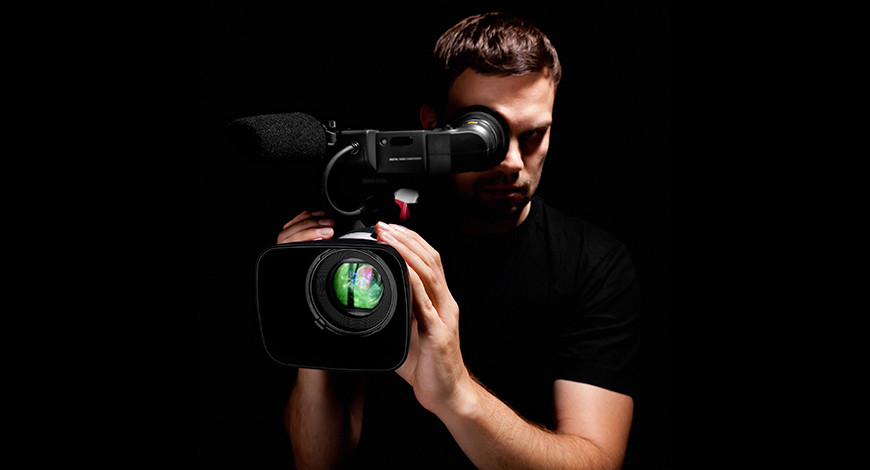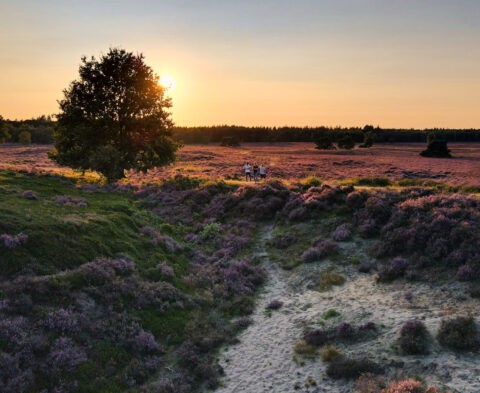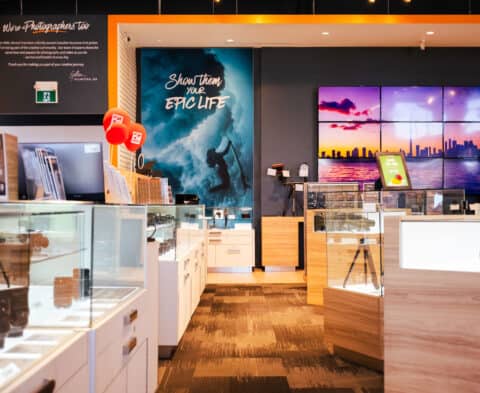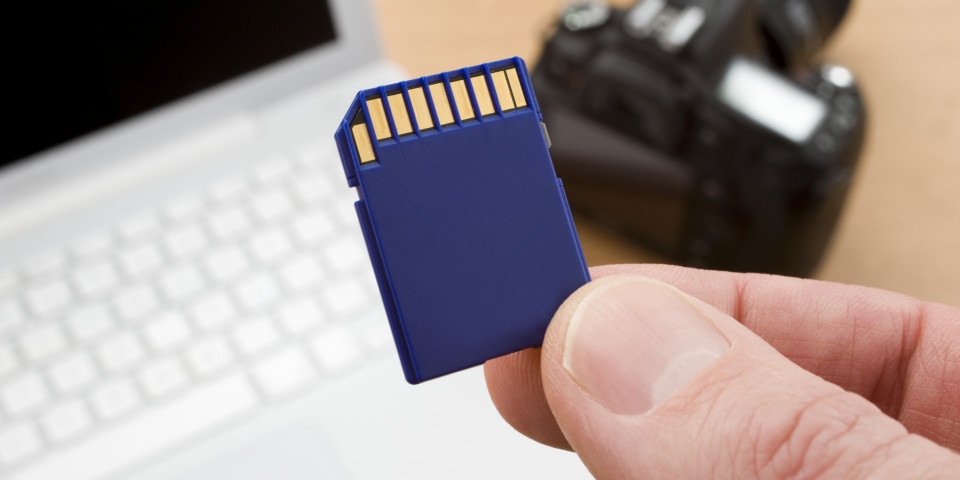Hey folks! I hope that you’re reading this because you like to be challenged, like to grow your skills and like to embrace new concepts. Even if you aren’t one of those, and I find that hard to believe, I still have a real challenge for you.
But first, some disturbing data points to share. Is there a major DSLR or Mirrorless Camera (Or for that matter, a point and shoot, or a smartphone) released in the last three years that is not capable of shooting video in some form or another?
The answer, as you likely know, is NO.
So if that much capability is in the hands of so many, the next fact might be disturbing. The percentage of owners of new cameras as listed in the last three years who have used the video capability more than twice is less than 10%. Yes, less than 10% of folks with perfectly capable video cameras have used them more than twice. These are cameras that are capable of such good quality video that they could allow you to train yourslef to become a professional and work for someone like this Portland videographer. We see more photographs being posted than ever before and there are lots and lots of videos being posted as well, mostly from smartphones and point of view (POV) cameras, and some from dedicated video cameras.
Videography is different from photography to be certain, but for some people the differences appear separated by quantum leaps and the differences really aren’t that big. So why is that?
I’ve asked this a lot and the usual answer I get, is “I am not interested in video.” Fair enough. The follow up question is “Have you ever shot video on your smartphone and shared it with someone else, even just in your own family?” The answer is unsurprisingly to me, nearly always yes.
This means that real people like the idea of video but aren’t willing to shoot video on their higher quality cameras. Does this mean that people don’t care about quality video? It doesn’t because otherwise we would not see the demand for 4K televisions and 4K video in general. YouTube already supports user submitted 4K so there is a real demand.
So why don’t owners of video ready DSLRs and Mirrorless (MILC) Cameras shoot more video? I’ve asked that too and the answer is sadly a perspective that it’s just too hard. That is absolutely not true, but there are plenty of articles and posts and screeds on the Internet that say differently. I want to ask why, but I already know the answer. There’s an unwarranted perception that high quality video is hard to do. There’s a belief that it costs a ton of money, needs a film crew and all manner of other stuff to make it work. None of this is true at the point of entry.
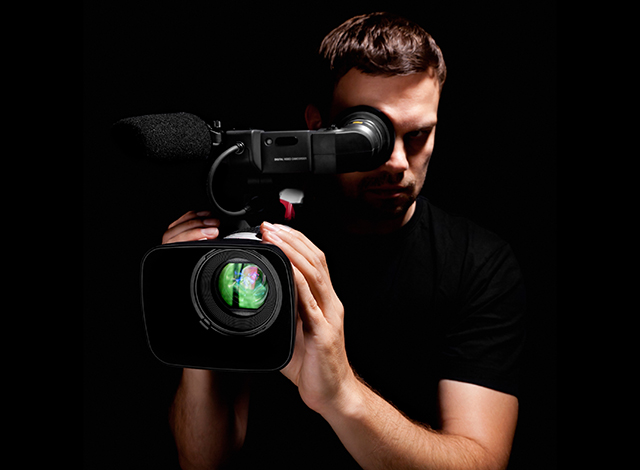
Great video doesn’t mean you must have a pro video camera.
Certainly when I shoot a tutorial or review in my studio, I have a CINE grade video camera, two other cameras, a switcher, lights, wireless microphones and grips and clamps and all manner of stuff. The real secret is that for fun simple video, you don’t need any of that. Most of use who are shooting casual video on our smartphones are doing it for the memory of a special event or a fun time. We shoot short clips that we share with friends and family. We aren’t consumed with high levels of production value or significant editing.
Given that the video that can be shot with your DSLR or MILC is going to be ENORMOUSLY better quality than you can get with your smartphone or a dedicated small video camera, it just doesn’t make sense that we wouldn’t use the better camera. Oh yes, it’s too complicated. No, it isn’t.
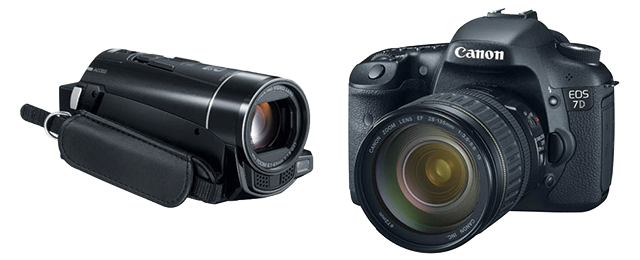
Your DSLR or MILC will always make better video than your smartphone or dedicated small video camera.
I promised you a challenge. Here it is. Your camera might have a movie setting indicated by “Movie” or an icon of a filmstrip. Set the camera to that. If your camera doesn’t have a dedicated movie mode, set it to P for Program. Now find the button that starts and stops the video capture process. It usually looks like a button with a red dot on top, just like the red LED that would show in the viewfinder of our old style video cameras or our current smart phones. Next, find your kids, or your parents, or your cat, or dog or whatever other pet that you have. Approach your video the same way you would with your smartphone. Shoot a short clip, or a series of short clips. Stop and play them back on your LCD. They will look terrific and will have better colour and vibrancy than anything on your smartphone or small video camera. This is because you are using the much larger sensor in your camera, and the much better glass in your lens. Yes, you are using stuff you already own.
I hear people say all the time that autofocus is no good on video, and sometimes it’s true, but if you have a Mirrorless or a recent DSLR, the AF quality might just surprise you. I hear people say that the audio picks up a lot of the background. So does the audio on your smartphone video or small handheld video camera. There’s no difference so far. So there is absolutely no reason NOT to shoot video with the better camera that you already own.
In fact there are lots of reasons to do so. First off, the quality of the image is going to be much better. Second, if you do decide at some point that you want to edit your clips into a little movie, you can do so because the software to do these edits is available on your computer, your tablet and even on your smartphone. Third if you want to have better quality audio, your camera probably can take an external microphone, unlikely on other platforms. Lastly, your DSLR or MILC brings something that none of the other cameras have and that is the flexibility to choose different lenses. This also brings you choices in field of view and depth of field that is simply not available at all on smartphones or handheld video cameras. That’s why so many professional filmmakers and TV shows use DSLR and MILC cameras for lots of their footage. The DSLR or MILC sensors produce image quality like that from a dedicated Pro video camera, at lower cost and lower weight. For second units and what the film industry calls B roll, this is a killer equation. If the folks shooting Captain America or The Avengers are happy to shoot with a DSLR or MILC, why wouldn’t you?
Video is everywhere. Being able to shoot both stills and videos makes you more versatile. And you already own an awesome video camera.
Until next time, peace.
